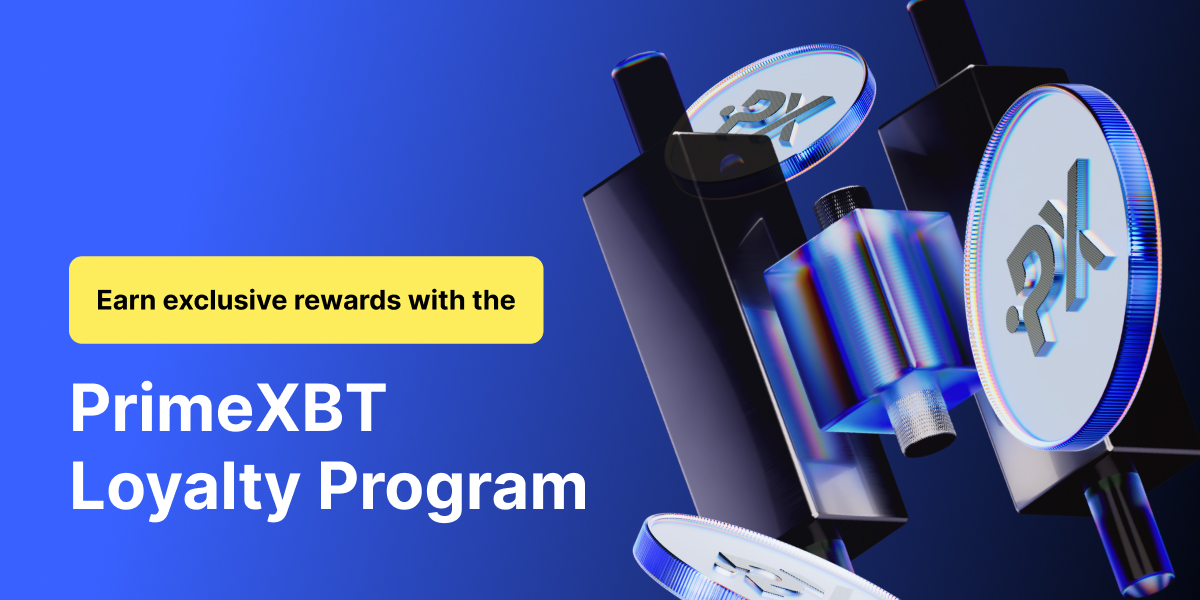In this article, we will look at the difference between Cosmos and Polkadot, as there are many similarities in end goals, but the approach is quite different. There is considerable debate in the crypto community about Polkadot vs. Cosmos, but there could be room for both at the end of the day.
Cosmos: The basics
In this part of the article, we will start to look at Cosmos and explore some of the basics that make this an exciting project. Cosmos is, of course, the blockchain project, while ATOM is the token.
What is Cosmos, and how does it work?
Cosmos is a distributed ledger technology-based network that is designed to allow different blockchain platforms to communicate and exchange data with each other. The Cosmos ecosystem aims to be the most scalable and customizable platform for building high-performance applications.
It is often referred to as the “Internet of blockchains,” It has been designed to solve three main problems cryptocurrency platforms face: scalability, interoperability, and usability. The original blockchain to launch on the Cosmos Network was the Cosmos Hub. It functions as a gateway through which all different blockchains are created in the network. The different blockchains are referred to as “zones.” Within the Cosmos Network, each zone can perform independent functions. Everything from authenticating transactions and accounts to creating and distributing new tokens and native cryptocurrencies can be kept separate. The Cosmos Hub lets all blockchains work together by keeping track of each blockchain’s state via a state transition function.
Advantages of Cosmos
One of the significant advantages of Cosmos is that there has been adoption, such as Binance Chain and dyDx using the network. There is approximately $65 billion worth of assets under management on the network via 250 or so applications. When looking at Cosmos vs. Polkadot, it certainly is impressive the number of applications that it already has.
The Cosmos Software Development Kit is a modular framework that simplifies the process of creating secure blockchain applications on top of the consensus mechanism called “Tendermint”, which makes it very easy for developers to get onto the network.
The Inter-Blockchain Communication enables more than 150 Tendermint-based blockchain’s to be interoperable and send tokens back and forth seamlessly. This also allows for cross-chain message passing as well. There are also plans to create an opt-in shared security model amongst the zones in the network to create even more flexibility, freedom, and incentives to join Cosmos.
Disadvantages of Cosmos
As with anything, there are some weaknesses. The Inter-Blockchain Communication launched on February 21, and adoption has grown considerably since, taking in just under 50 zones. Unfortunately, about 80% of the activity on the network Is in the five most used zones, which include Osmosis, Terra, Cosmos, Crypto.com, and Juno.
Cosmos faces serious competition from several places. The Polkadot network is a direct competitor with brand awareness, while Ethereum remains the leader in the DeFi, NFT, and DAO worlds. There are also new bridging projects, such as Avalanche, which could steal some market share.
Polkadot: The basics
To understand Polkadot’s value proposition, you will need to understand the basics. Polkadot refers to the blockchain project, while DOT refers to the token used on the blockchain.
What is Polkadot, and how does it work
Polkadot is a blockchain developed to support other blockchains. It is a network of other blockchain systems, with each blockchain operating independently. Polkadot is the result of hard work put in by co-founder Gavin Wood. Polkadot is now run by the Web3 Foundation and developed by Parity Technologies, both of which were founded by Mr. Wood.
When the first white paper for Polkadot came out, it was argued that crypto needed a new system allowing interactions between different blockchain networks. This was a direct reaction to the issues with Ethereum and its ability to grow and scale, with Wood attempting to solve this problem with the new blockchain-based on a proof of stake validation system.
Polkadot provides a built-in infrastructure in which programmers can build blockchains with cross-chain interoperability. Polkadot already has what is known as the “base layer” of a network build, something that Ethereum lacks. In the world of Polkadot, this is known as the Polkadot Relay Chain. This means that the Polkadot system allows any public or public blockchain to communicate with each other.
Using the base layer, developers can build their blockchain systems in the network, known as “parachains.” These are separate from other blockchains, but they all communicate with each other through the Polkadot Relay Chain.
Advantages of Polkadot
One of the most significant advantages of Polkadot is that Parity Technologies has a Substrate modular framework, offering developers the flexibility to select specific components that best suit their project. Polkadot also allows developers to watch chains and applications leveraging a shared security model without worrying about attracting enough miners for validators to secure their chains.
Polkadot spare change can use bridges to connect with external networks such as Bitcoin and Ethereum. Polkadot has already raised nearly $20 million, becoming a top 10 coin by market cap, and has started to be integrated with other networks like Chainlink.
Disadvantages of Polkadot
Nothing is perfect. One of the most significant disadvantages that Polkadot has is that it is competing with many other general-purpose, smart contracting, proof-of-stake blockchains such as Tezos, Cosmos, and Cardano, to name a few. We also have to keep in mind that Ethereum has entrenched network effects.
Polkadot has been hacked before, as hackers had exploited code vulnerabilities twice, draining millions of dollars before being stopped. Another significant issue is that a limited number of parachains are available, and slots are sold via auction, which may end up pricing out more minor use cases.
Critical differences between Cosmos and Polkadot
To make any significant investment decision, you must better understand the differences between Cosmos and Polkadot to differentiate the value between the two ecosystems and coins.
Value
When comparing the value of ATOM vs. DOT, it’s worth noting that ATOM vs. Polkadot has been consistently twice as expensive. This has been the case for most of the existence of the two networks, although in percentage terms, they tend to move roughly the same.
From a trading perspective, Polkadot and Cosmos are very similar, as the returns have been relatively highly correlated over the last couple of years.
Evolution
The evolution of Cosmos and Polkadot have some nuances between the two. Cosmos Hub proof-of-stake blockchain began in 2014 when developers Ethan Buchman and Jae Kwon created Tendermint, the consensus algorithm that serves as the backbone to the Cosmos network. In 2016, they also published the Cosmos white paper, arranging for the first token sale of ATOM later that year.
On the other hand, Polkadot was created around the same time but had its initial coin offering in October 2017. The network has, much like Cosmos, used a stake consensus algorithm, but Polkadot has chosen to use Blind Assignment for Blockchain Extension, which is derived from Ouroboros, the s. The same protocol is on Cardano.
Coin Limits
When looking at DOT vs ATOM, there are some similarities regarding limits. Polkadot is a proof estate coin, just as Cosmos is. Because of this, there is no absolute limit on how many coins can be produced, although it’s worth noting that the Polkadot system has a set inflation level of 10%.
What Makes Polkadot and Cosmos Similar?
When comparing Cosmos vs. Polkadot, you need to understand that there are many similarities. After all, they are trying to make blockchain networks more interoperable, and therefore they are trying to solve the same problems.
Mining Process
Cosmos and Polkadot work on a proof of stake consensus, so it’s not very energy intensive compared to Bitcoin. The proof of stake process allows holders to gain rewards over time for staking their crypto on the platform.
Less Energy
Cosmos and Polkadot used a proof of stake mechanism, but they use significantly less energy than other blockchains that still use proof of work. However, it’s worth noting that Ethereum has also switched over to proof of stake, which is one of the significant competitors to both of these networks.
Staking
Staking your holdings is possible in both ecosystems and is widely used. It allows the network to make transactions, verify them, and, most importantly, secure the network itself.
Polkadot vs. Cosmos: Comparison
The following table compares Cosmos and Polkadot from a “30,000-foot perspective.”
| Feature | Cosmos | Polkadot |
| Date Founded | 2014 | 2017 |
| Ticker | ATOM | DOT |
| Market Cap | $2.5 billion | $4.5 billion |
| General Purpose | Creates a network of blockchains | Creates a governance layer of a network of blockchains |
| Transaction Function | Executing smart contracts and completing transactions. | Governance on the network itself. |
| Mining Standard | Proof of Stake | Proof of Stake |
| Maximum Available Supply | Unlimited | Unlimited, fixed rate of 10% a year. |
| How Is the Currency Used? | Execute smart contracts and complete transactions | Governance token and staking. |
| What Influences the Value? | Network demand | Network demand |
ATOM vs. DOT: Historical Price Action Reviewed
ATOM rallied significantly over the last couple of years, culminating in the 2021 bubble at a price near the $45 level. After the bubble popped, it collapsed along with the rest of the crypto market. That being said, it will rise and fall with the rest of crypto, but it will likely outperform DOT based on 2022 action, at least as far as a nominal value. It should be noted that they tend to move in the same amount of percentage points, so it’s just a numbers game.
DOT rallied to reach $56 during the height of the crypto bubble but has since fallen to even lower levels than ATOM. Because of this, Polkadot may likely underperform going into the future. However, both have shot up astronomically in the past, and if we get some crypto bubble going forward, it’s very likely we will see that again.
Cosmos vs. Polkadot: Which one is the better investment?
As far as being a better investment, it’s challenging to differentiate between DOT vs. ATOM sometimes. Because of this, it’s difficult to rule out one or the other completely. More likely than not, the crypto world will see specific ecosystems flourish much more rapidly than others, but that does not mean some ecosystems won’t specialize. This is probably how this is going to end up playing out.
Polkadot has a limited number of “parachains” available, although they are working on scaling that up. Even if they didn’t, you could argue that particular use case scenarios will probably use Polkadot so that it may be more of a niche product.
That being said, Cosmos probably has a slight edge at the moment, although the keyword here would be “slight.” It will come down to adoption, as is the case with any crypto project. Cosmos vs. Polkadot will likely continue to be a significant debate among crypto enthusiasts.
Conclusion
When deciding whether or not you want to invest in Cosmos or Polkadot, you will have much uncertainty. This is because they are trying to solve the same problem of networks being able to talk to each other. It will fail if the crypto world has thousands of networks that cannot communicate.
Because of this, projects like Cosmos and Polkadot are an essential part of the crypto sphere at the moment. We are still essentially in the “Wild West” of crypto, so therefore it’s challenging to pick winners for the long term. As both are working on solutions to severe problems, it’s probably best to have both in your portfolio if you are a longer-term investor.
Is Polkadot or Cosmos better?
Both are trying to solve the same problem, so one is not necessarily “better” than the other. However, one thing you must remember is that Polkadot only has a limited number of parachains available, so smaller industries may be unable to use them.
Is Cosmos similar to Polkadot?
Yes, they are very similar. However, Cosmos and Polkadot are approaching the interconnectivity of other blockchains and very different manners. Because of this, both of these coins will be worth putting into a portfolio.
What is the difference between ATOM and DOT?
Both of these are the native tokens for Cosmos and Polkadot, respectively. They are used to make transactions and secure both of those networks.


